DISCLAIMER: I am not affiliated with Bake, Ground Control or Kizer. No products, bribes, or threats were delivered.
1988 Rollerblade Lightning (with 72mm wheel frame), Kizer Level 3, Ground Control Big, Bake (mk3)
BACKGROUND
72mm is a great wheel size for more speed and maneuverability than a conventional aggressive setup, with a reasonably short wheelbase that allows for grinding and retains vertical stability. I've been riding Bake frames on my primary setup since their Kickstarter project concluded unsuccessfully and they became available. Like many early nineties aggressive inliners, 4x 72mm felt familiar from the hockey and rec setups of my yout(h).
This is how Bake frames stack up against contemporary aggressive frames with flat setups:
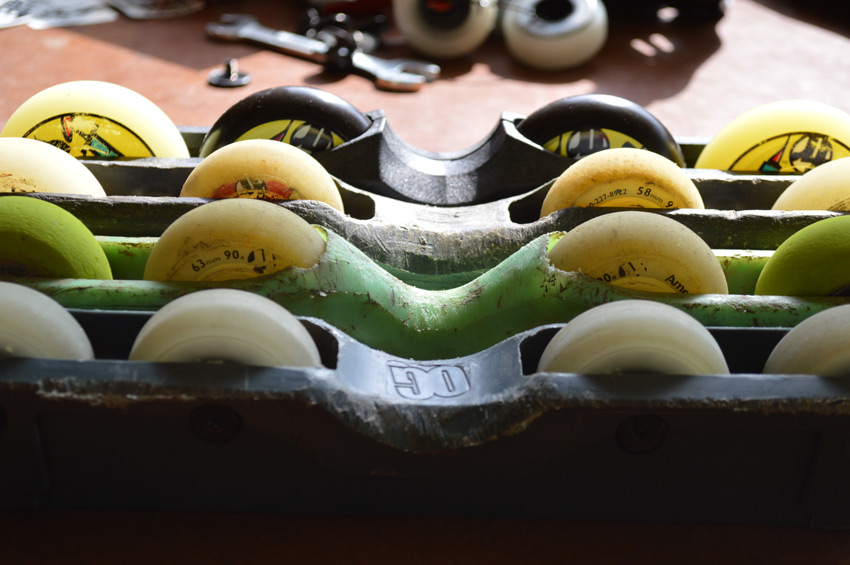
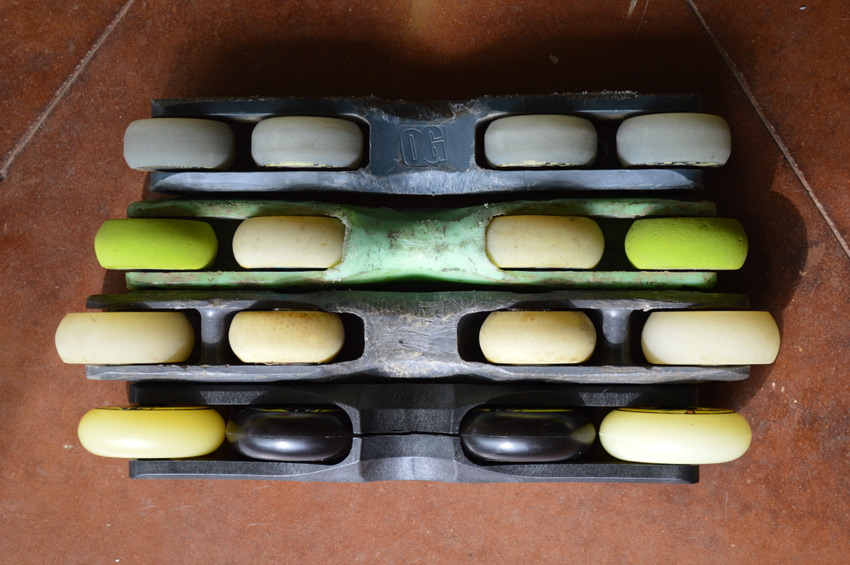
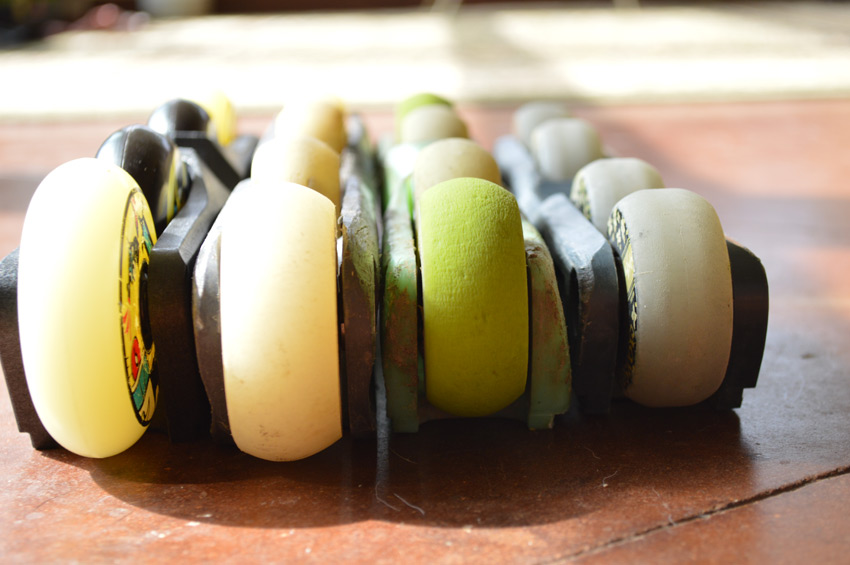
Bake, Rollerblade Switch, Kaltik Flat, Create Originals Graphics
Wheel options in this size are limited, with an abundance of amusing, classic pours available on eBay and thrift store skates. Fine, aged vintages can be bought for pennies on the dollar, and consumption feels about like reliquary sacrifice. The new 72mm wheel options being marketed as aggressive are fairly expensive. After coring my way through several sets of New Old Stock FRs, I transitioned from Chinese eBay blanks to Pleasure Tools Mac Oh Boys, and then finally onto a lifetime supply of early 90s hockey wheels.
A 72mm wheelbase presents an interesting engineering challenge in the face of obstructive UFS mounting bolt placement and a limited ideal frame length, where a wide groove that places the wheels as close to the foot as possible is optimal.
INITIAL IMPRESSIONS
All three frames are available in just one size. BIGs and Level 3s have aluminum frame spacers, while Bakes have spacers built into the frame walls. What is not generally discussed is how riding larger wheels alone provides better shock absorption, which is noticeable on all three setups.
Kizer Level III (clear)
My clear Level 3s arrived with hairline cracks throughout both frames, which appeared to have been created during manufacturing.
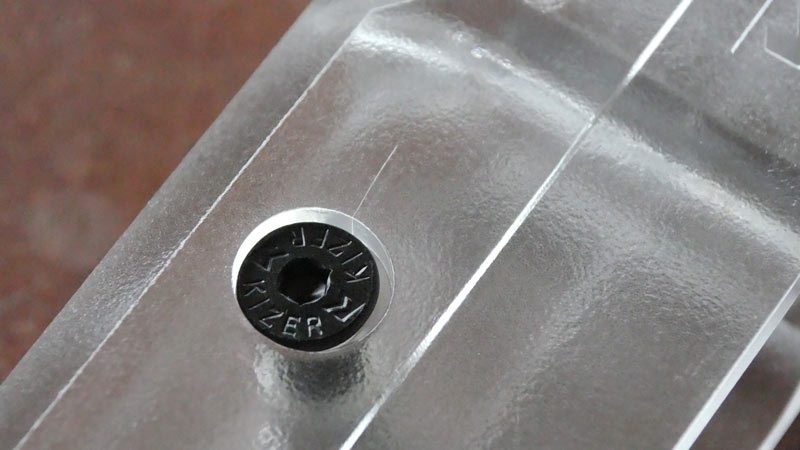
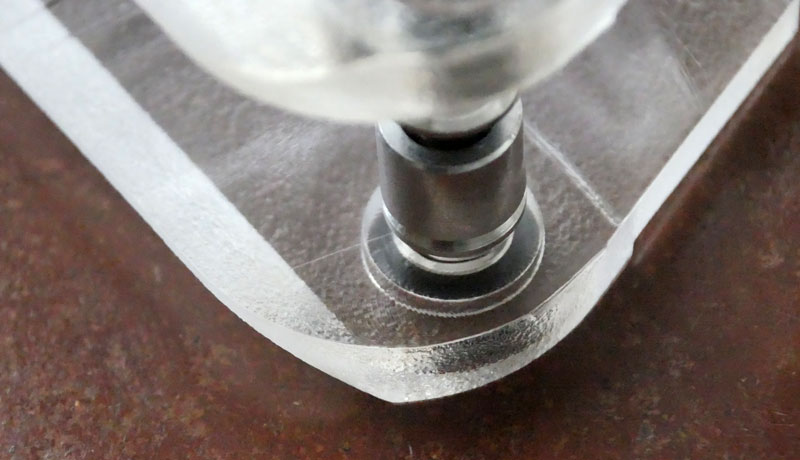 Clear Level 3s arrive from the factory already "broken-in"
Clear Level 3s arrive from the factory already "broken-in"
This seemed like a bad omen, and initially I planned to return- rather than destroy them. I began noticing the cracks after an up-close inspection while considering drilling the split wider -- the narrowness of which seems to be the L3's main difference apart, and probably its biggest shortcoming.

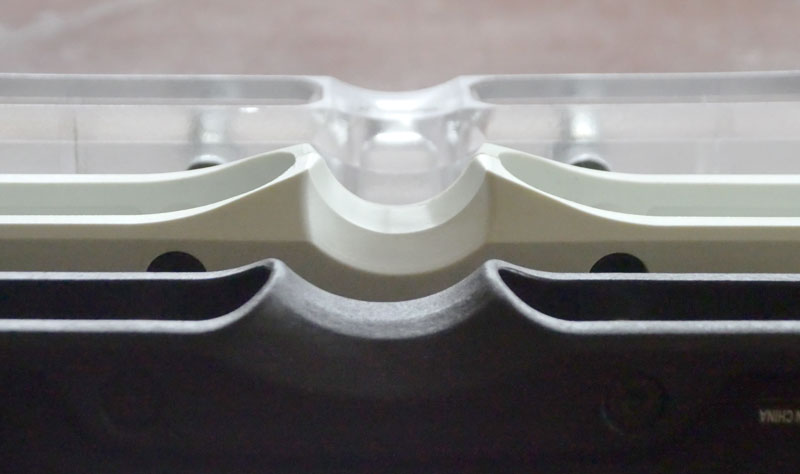
The center of the Level 3 H-Block is much closer to the ground than either BIGs' or Bakes'; however, the H-block thickness itself is frighteningly thin.
Ground Control "BIG"
As an early adopting Bake pumper, and having inspected beta BIGs, I assumed the GCs were Guangdong Bake replicas: not entirely so, but close. The ON1E and Mushroom Blading 2014 product of the year has a number of areas where frame wall thicknesses have been trimmed for better weight reduction, due in part to the rigidity of a single piece of molded plastic versus two fastened together. I'm not sure what size Ground Control's new 72mm wheels are, but my 72mm wheels would not fit into the number 3 wheel slot without catching on the supplied mounting hardware. I had to wear this wheel down slightly before it would roll freely. The groove shrouding on BIGs has a much lower profile than Bakes, making the frame more wheel bite-prone. Part of the weight reduction resulted in an inability to machine the UFS mount points down to an obstruction-free narrowness with a break-proof tolerance.
This insert is included with the Ground Control "BIG" frames instructing soul plates with coupling mounts taller than 2mm be machined down to spec for even frame-soul plate contact and weight distribution.
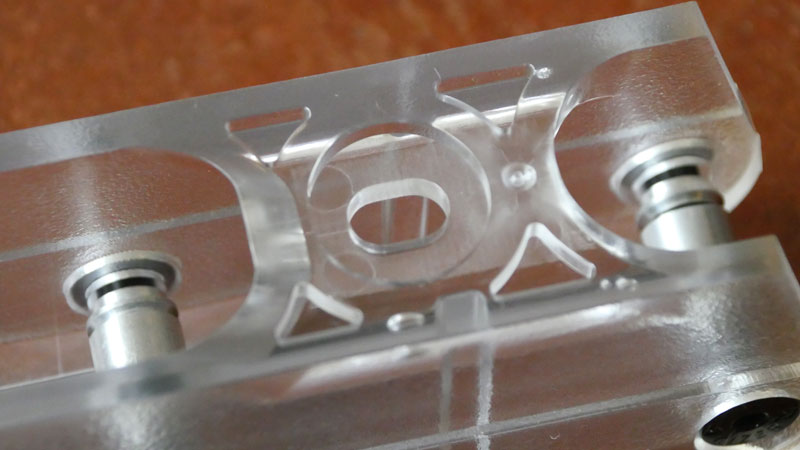
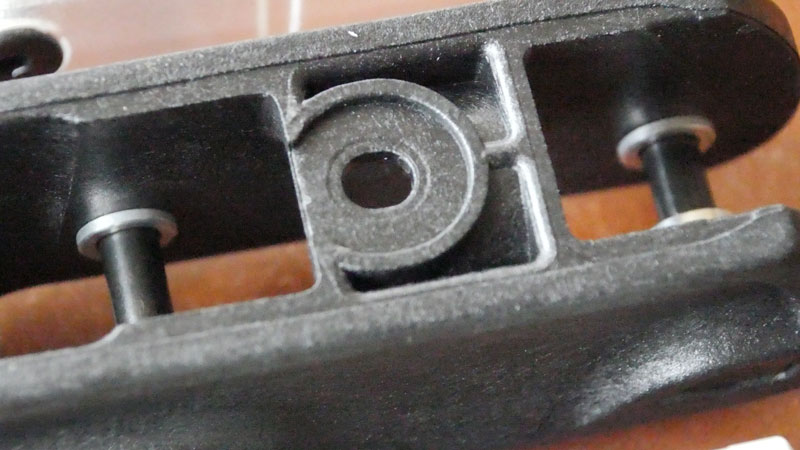
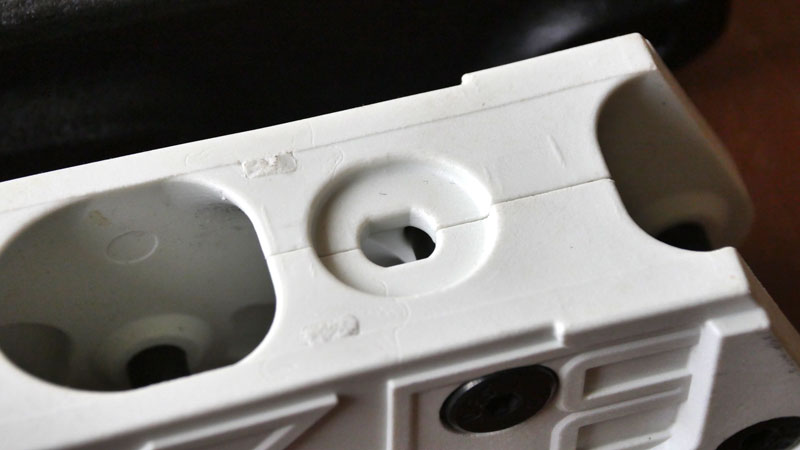
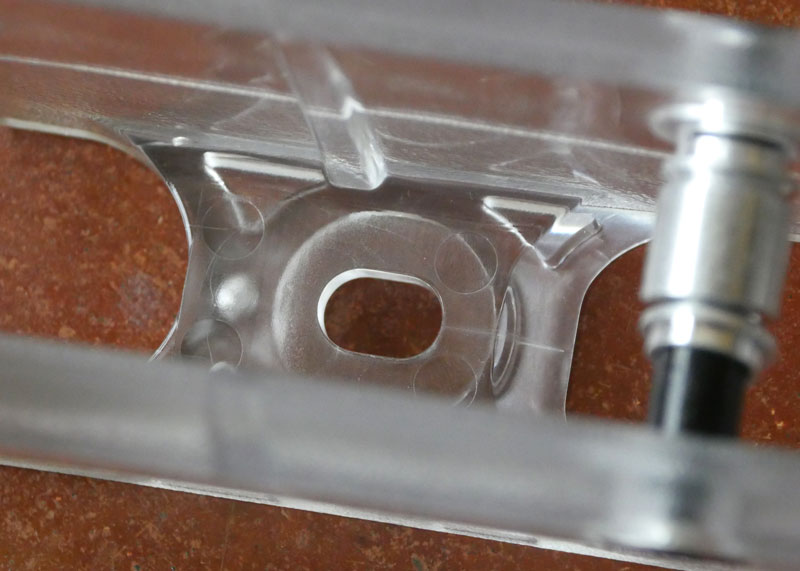
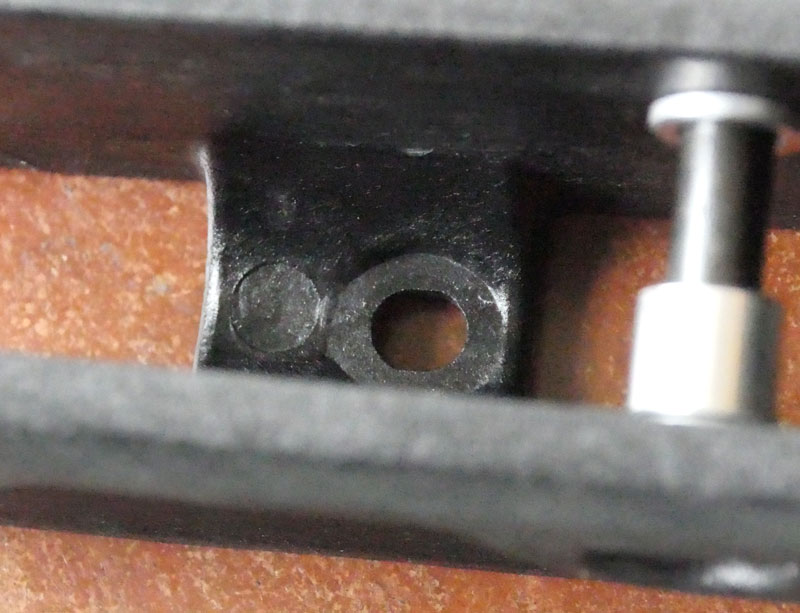
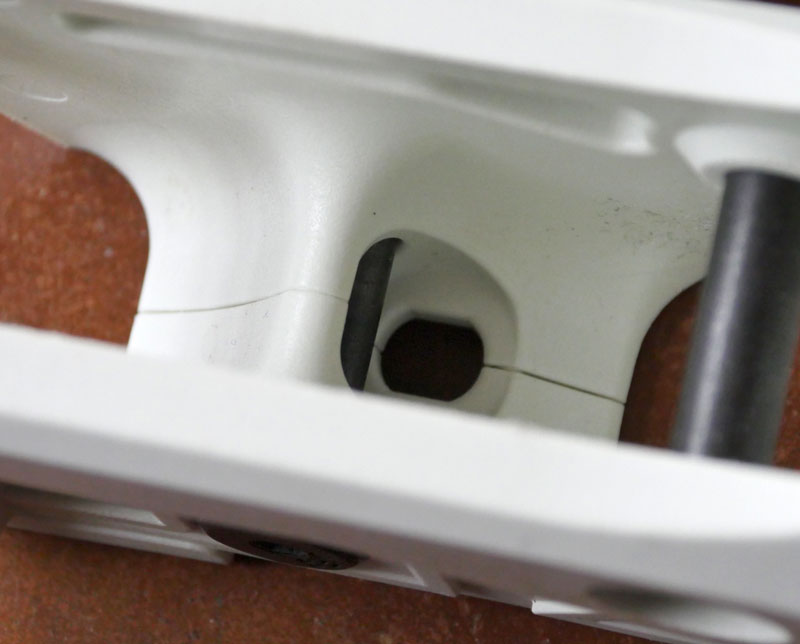
UFS mounting points for all three frames: top and bottom. This is the main point of failure for each.
Bake (mk3 production)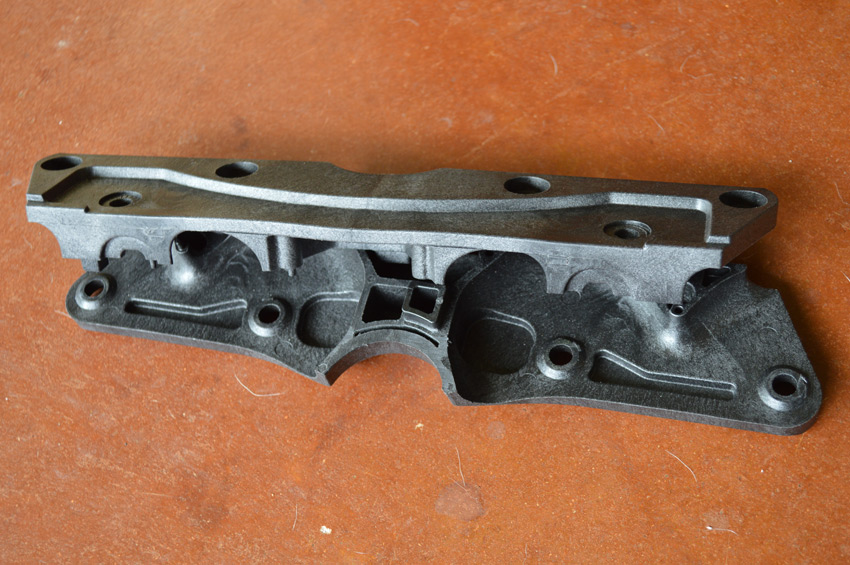
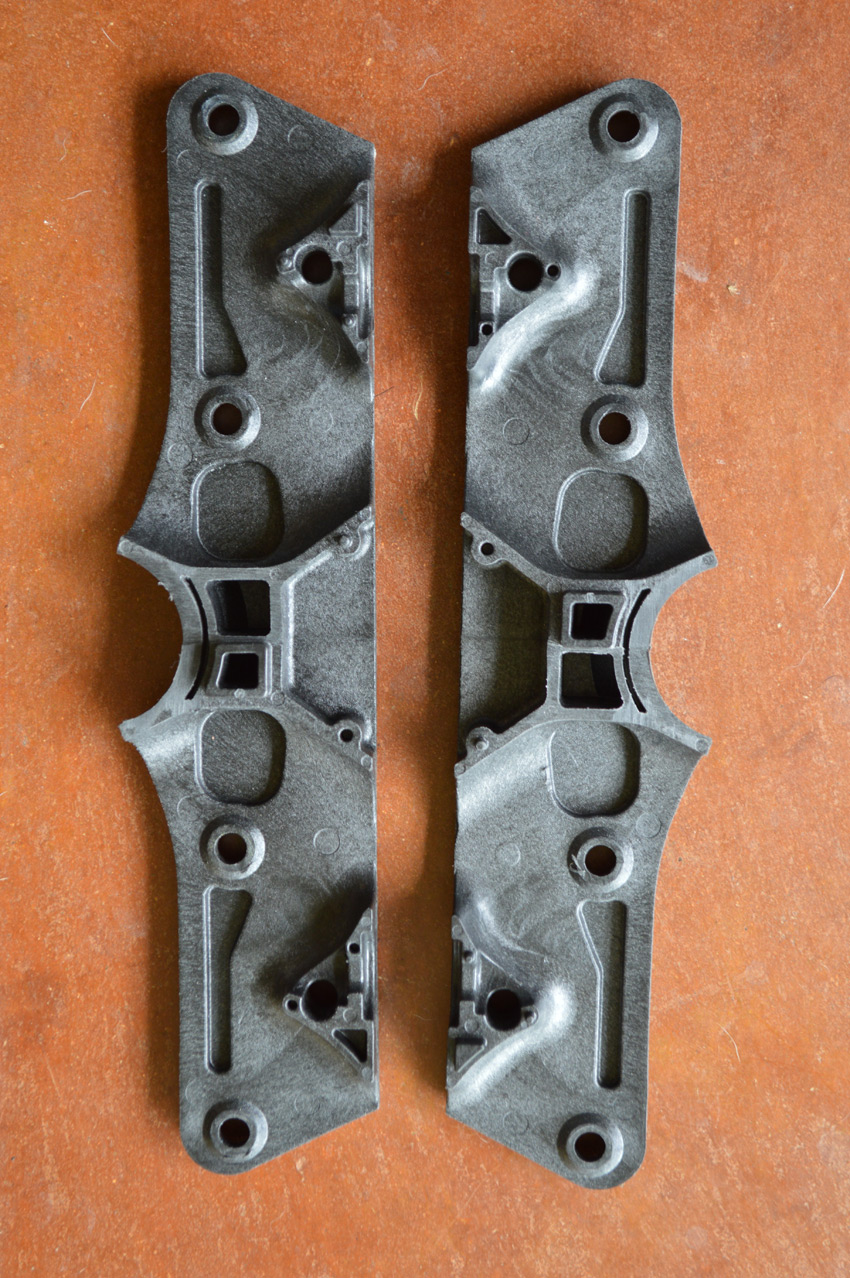
Bakes are two molded wall pieces held together with an extra pair of UFS bolts.
The Bake two-piece design strengthens the area around the mounting holes, but seems like an unintended cost reduction benefit. In theory the frame walls could be "rotated" or replaced for grind wear; in practice this is unnecessary in the same way that H-block replacement was mostly never viable on K2s, Argons, etc, but the two-piece design doesn't actually present any drawbacks. In fact, it allows for a slight amount of lateral torsion, which may prevent the frame mounts from breaking as easily as on the Level 3 and BIGs.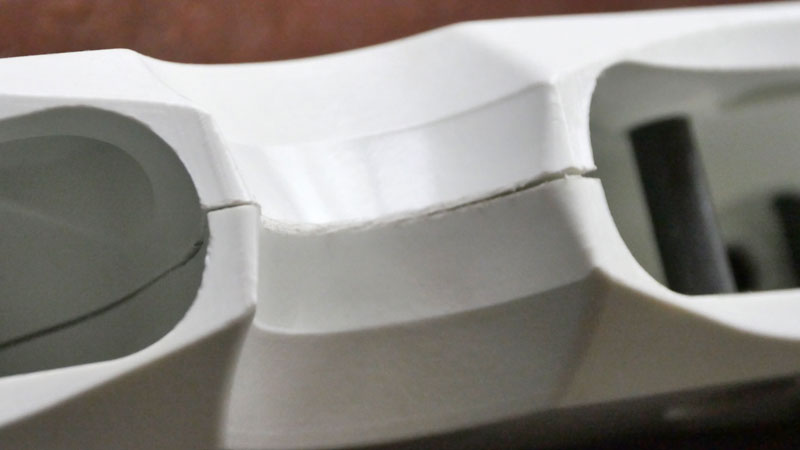
Bake (mk3) Groove
RETAIL (USD)
Kizer Level III (clear) - $59
Ground Control Big - $79
Bake (mk3) - $82
DIMENSIONS
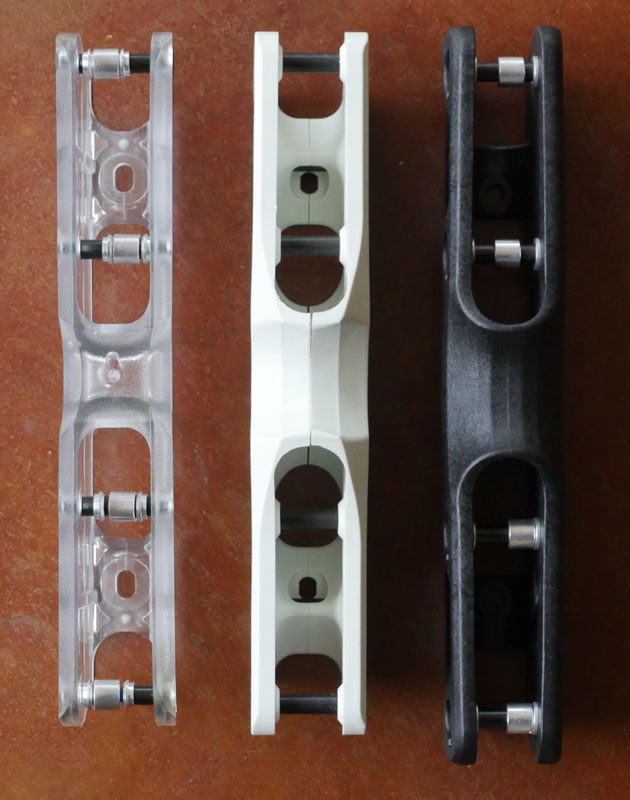
Note that my Ground Control BIG measurements do not match those supplied.
Wheelbase (axle to end axle)
Kizer Level III - 250mm
Ground Control Big - 257mm
Bake (mk3) - 254mm
H-block Wheelbase Split (axle to axle)
Kizer Level III - 103mm
Ground Control Big - 110mm
Bake (mk3) - 108mm
H-block (center height)
Kizer Level III - 54mm
Ground Control Big - 50mm
Bake (mk3) - 49mm
Sidewall Height
Kizer Level III - 57mm
Ground Control Big - 51mm
Bake (mk3) - 51mm
WEIGHT

Each frame was scaled with a full set of included hardware, but without wheels or bearings.
Kizer Level III (clear) - 12.53oz
Ground Control Big - 13.41oz
Bake (mk3) - 15.89oz
For comparison:
Create Originals Graphic (M) - 11.53oz
Valo Frames (M) - 14.91oz
Bakes are clearly the heaviest: likely due to the beefier H-block area, which protrudes outward and has considerably more reinforcement. Level 3s are surprisingly light. 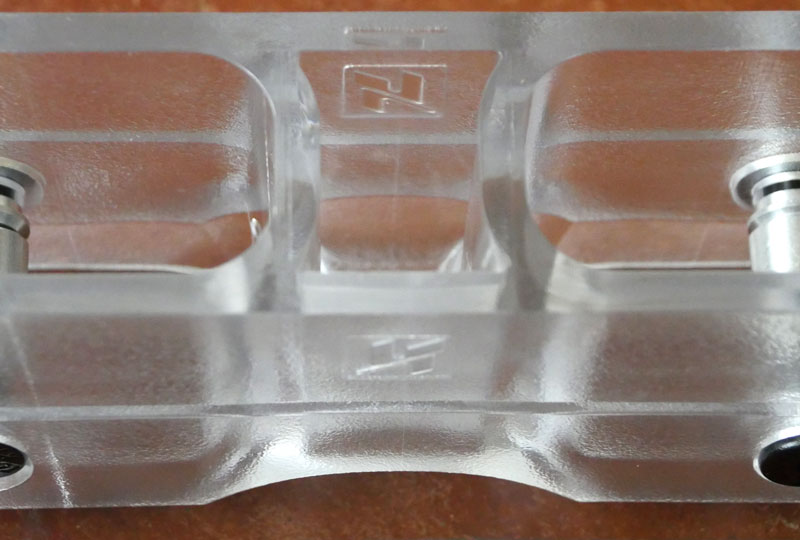
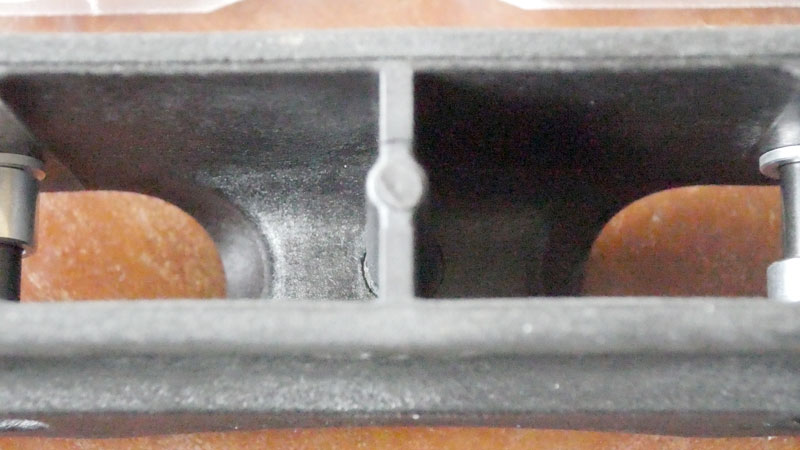
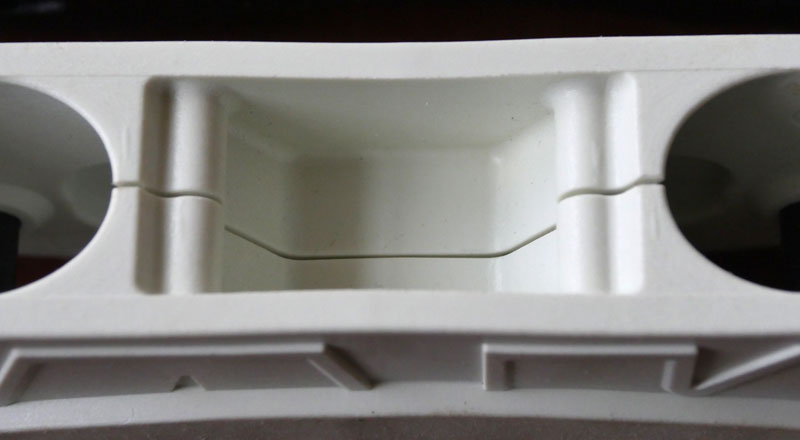
All three frames are a hard polystyrene. BIGs are said to be made from the same composite used for GC FLT3. Again: the clear Level 3s seem ready to snap.
SKATING
All three frames maneuver similarly. BIGs have a slightly wider split (+2mm) and wheelbase (+3mm) than Bakes that isn't really noticeable. It's worth mentioning that royales and torques on all three frames require considerably more knee flex compared to conventional aggressive frame-boot contact. The feeling is not unlike doing a shifty royale on Rollerblade Lightnings -- a hard trick. Boot grind ankle/knee bend required on Level 3s is noticeably steeper. If you're on a boot with exceptionally wide souls like Rollerblade Solos, this should be less pronounced. Also, if you lazily pencil your grinding stance like might be possible on an anti rocker or freestyle setup, you will die a few times to correct your position.
In my experience Bakes slid best with the least amount of catching on ledges, while BIGs felt just about like Bakes on rails. The clear Level 3 material is incredibly fast, but if you're big, tall, or hard on frames, who knows how long they'll last.
VERDICT
Bake are an excellent frame that retain much more speed and offer better maneuverability than conventional ~55-57mm flat frame setups and good stability, but still enable frame grinding. While cheaper and lighter, Kizer Level III have design shortcomings and the clear frame material triggers 50/50 horror story flashbacks. Go with the non-clear Level 3s if you opt for them. The only improvement Powerslide made to the current Level 3 was to weaken the frame material considerably.
Are the BIGs molded directly from Bakes? No, probably not: but the measurements and key innovations are nearly identical, albeit with an alpha revisions bugginess and a slightly inferior implementation (nearly two years later). BIGs weigh less than Bake, but may be less structurally sound, especially at the UFS mounting points where they seem inclined to break, and where skate modification is required to retain the product warranty (at least there is a warranty). BIGs are also slightly cheaper and easier to get ahold of at present. Bake is ultimately a better frame due to its exaggerated H-block shrouding and heavy reinforcement, but it's nice to see multiple offerings available in this form factor. Also, if you care about supporting a #skaterowned homebrew project that delivered innovation, go with Bake.
Are all of these offerings overpriced relative to most aggressive frames? Yes. But it's worth mentioning that my first set of Bakes are still skateable after a year and a half of regular abuse.
THE FUTURE IS THE PAST
There's room for improvement to the Bake/BIG design that could advance the concept and would require minor modification to implement.
Rockerable, Recessed Wheel Wells
It would be great to rocker wheels upward into recessed soul plate cavities to bring them away from the grinding surface. This might also make it possible to run even larger 76mm or 78mm wheels that feel as low to the ground as 72s do on this generation of plastic. It might also be necessary to relocate one or both UFS mount locations to achieve this.
H-Block®, H-Block®, H-Block®
None of these H-blocks really solve the issue of wheel bite: balanced fastslides feel downright dangerous. This problem could be improved somewhat by placing the middle of the H-block closer to the ground. Yes: copy the center drop on K2's 1998 Style Points Bob H-Block.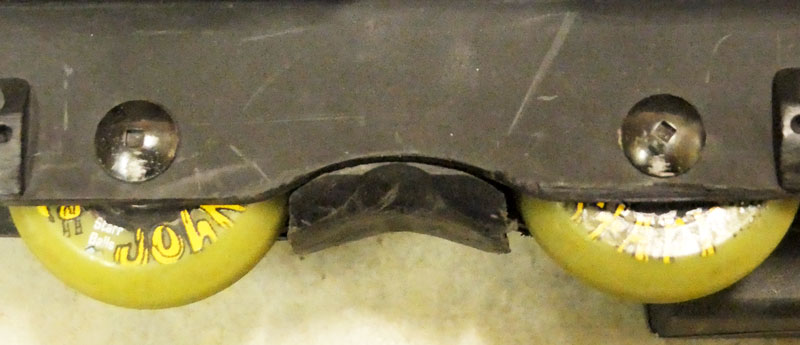
Taller H-block centers will eliminate even more wheel bite angles without any sacrifice.
Wheels
We could use better wheels more than cool graphics or the right factory profile that lasts one rotation. A triple durometer wheel (circa 95A/80A/95A) with a soft profile center and hard edges would reduce wheel bite further, and could make cess slides and grinds feel more natural. Hockey and speed have been riding wheels like this for years, albeit with the hardnesses inverted (hard, fast centers; grippy edges).

Guy Crawford on #
A thoughtfully constructed and well executed review that backs up opinion with facts. It was a genuine pleasure to read such great writing; a rarity in today's blade journalism. Thank you.
Duhre on #
Awesome article, very enjoyable. Props for the detail you went into as opposed to most other reviews.
Glad I'm not the only one who thinks that the GC BIG frames winning product of the year is a joke.
Joshuapl on #
Nice
MVG on #
Hey,
nice write up, but:
you should ve pointed out that for the best big wheel grinding experience pointy wheels are an absolute necessity. Flat shaped wheels suck and will ruin your experience (slower, wheelbyte). Don't even think about those. Oh and the "stability" point might apply to toddlers, but not to experienced bladers) The wheels should be rather hard as well to avoid wheelbyte. (basically on good waxed ledges you grind on your wheels easily if they re hard er)
With L3's and pointy wheels (I.e Richies 72mm wheels) , the frame and soul in "royal" position, wheel byte is impossible. no matter how you twist it, the wheels never touch the rail or ledge, the frame always does. With lots of big wheeling exp. The groove in the frame is not as important anymore and the one in your soulplate becomes more important.
Too bad you've had the clear L3's, it shines a bad light on the product, but i saw those cracks. I ve got a pair of clear L2's here and they are hard as fuck, I don't really think it is a good material for big wh, maybe for park skating
If you doubt my expertise/credibility check this http://vimeo.com/69368284
and skip to 6:00-6:30. Mind you that was on level2's 76mm and nearly two years ago.
juan on #
this is great. ive started skating flat again after about 16 years and it feels great. i use 59 mm chimera pointy wheels, i think thats enough for me. 72mm sounds too big, no need for the extra weight and super bending of the knees.
Smithd17 on #
Really informative article post.Thanks Again. Awesome.